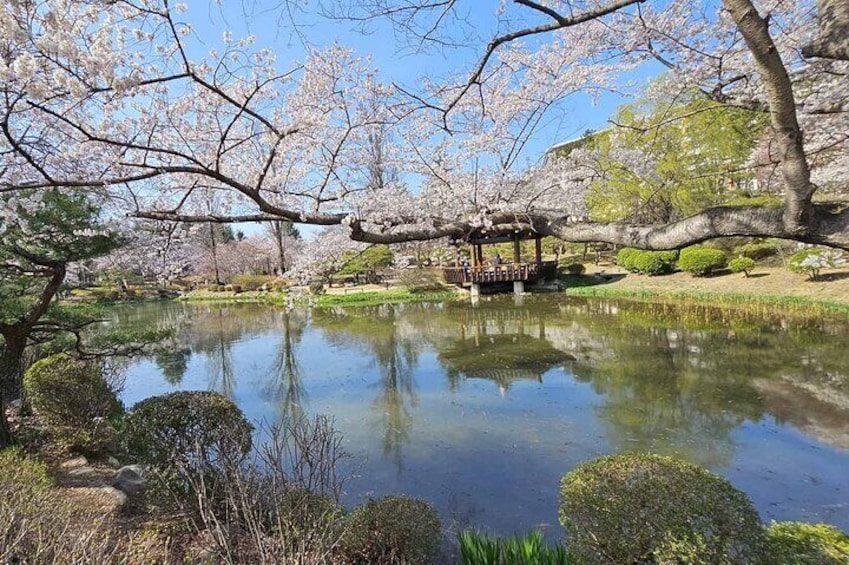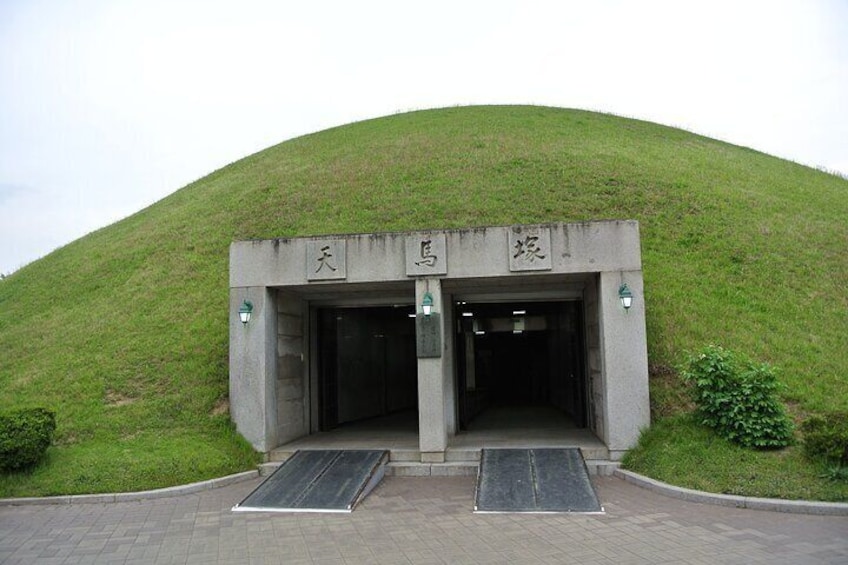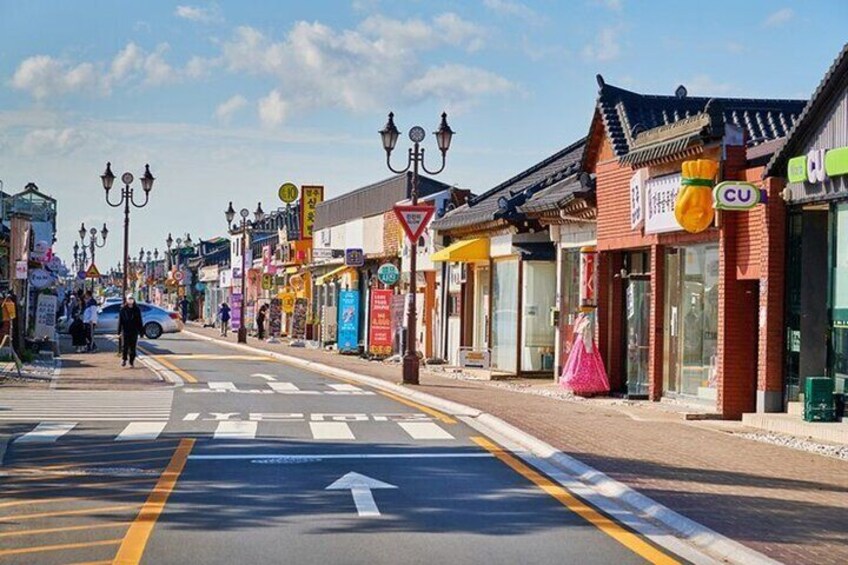




Private Guided World Heritage Gyeongju Taxi Tour
10/10
10 out of 10Features
Overview
Activity location
Meeting/Redemption Point
Check availability
Night Tour 3Hr: Simple Engish
Simple English Speaking Driver: Simple English speaking and online English support provided
Duration: 3 hours: If the reserved time is exceeded by more than 15 minutes, additional charges may apply
Gyeongju Night Tour 3 Hours: Gyeongju Eupseong - Woljeonggyo - Cheomseongdae - Donggung and Wolji
Saloon Taxi: 5 Seater: Recommended for 1-3pax with 2 luggage (24 inches)
Max 4pax are allowed under certain conditions
Recommended starting time: Winter season: 5:30~6:00pm
Summer season: 6:30~7:00pm
Pickup included
Van Taxi 6Hr: Simple English
Simple English Speaking Driver: Simple English speaking and online English support provided
Duration: 6 hours: If the reserved time is exceeded by more than 15 minutes, additional charges may apply
Gyeongju 6 Hours Route: Bulguksa Temple - Seokguram Grotto - Donggung and Wolji - Cheomseongdae - Kyochon Village - Woljeonggyo - Hwangridan-gil
Van Taxi: 8 Seater: Recommended for 1-6pax with 7 luggage (24 inches)
Max 7pax are allowed under certain conditions
Pickup included
Saloon Taxi 6Hr: Simple English
Simple English Speaking Driver: Driver can speak only simple English and online English language support will be provided
Duration: 6 hours: If the reserved time is exceeded by more than 15 minutes, additional charges may apply
Gyeongju 6 Hours Route: Bulguksa Temple - Seokguram Grotto - Donggung and Wolji - Cheomseongdae - Kyochon Village - Woljeonggyo - Hwangridan-gil
Saloon Taxi: 5 Seater: Recommended for 1-3pax with 2 luggage (24 inches)
Max 4pax allowed under certain conditions
Pickup included
Van Taxi 8Hr: Simple English
Simple English Speaking Driver: Simple English speaking and online English support provided
Duration: 8 hours: If the reserved time is exceeded by more than 15 minutes, additional charges may apply
Gyeongju 8 Hours Route: Bulguksa-Seokguram-Cheonnyeon-Bunhwangsa-Museum-Donggung and Wolji-Kyochon-Cheomseongdae-Cheonmachong-Hwangridan-gil
Van Taxi: 8 Seater: Recommended for 1-6pax with 7 luggage (24 inches)
Max 7pax are allowed under certain conditions
Pickup included
Saloon Taxi 8Hr: Simple English
Simple English Speaking Driver: Driver can speak only simple English and online English language support will be provided
Duration: 8 hours: If the reserved time is exceeded by more than 15 minutes, additional charges may apply
Gyeongju 8 Hours Route: Bulguksa-Seokguram-Cheonnyeon-Bunhwangsa-Museum-Donggung and Wolji-Kyochon-Cheomseongdae-Cheonmachong-Hwangridan-gil
Saloon Taxi: 5 Seater: Recommended for 1-3pax with 2 luggage (24 inches)
Max 4pax allowed under certain conditions
Pickup included
What's included, what's not
Know before you book
- Infants and small children can ride in a pram or stroller
- Public transport options are available nearby
- Infants are required to sit on an adult’s lap
- Not recommended for travellers with poor cardiovascular health
- Suitable for all physical fitness levels
- Please be advised that if the remaining Hours will be allotted for the travel time from pick up until drop off.
- Gyeongju offer free pick up services from KTX Gyeongju Station or any hotel in Gyeongju central area.
- Infants are not included in the maximum number of people we set, but they cannot exceed the maximum number of people on board for safety reasons.
- Luggage allowance: Saloon - 2 luggage (24 inches) / MPV - 6 luggage (24 inches) / MiniBus - 10 luggage (24 inches)
- In accordance with EU regulations about consumer rights, activities services are not subject to the right of withdrawal. Supplier cancellation policy will apply.